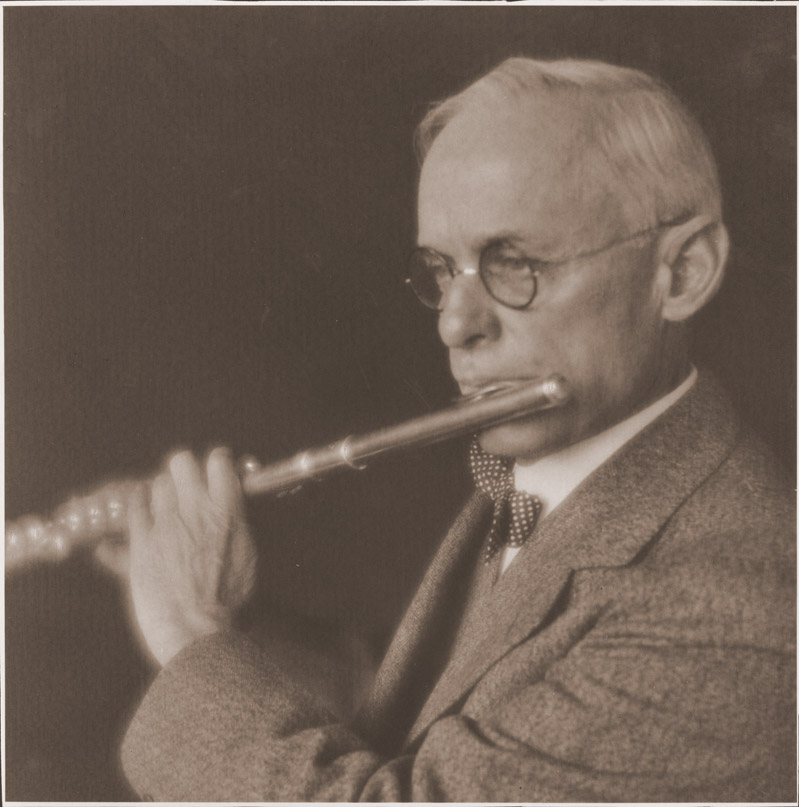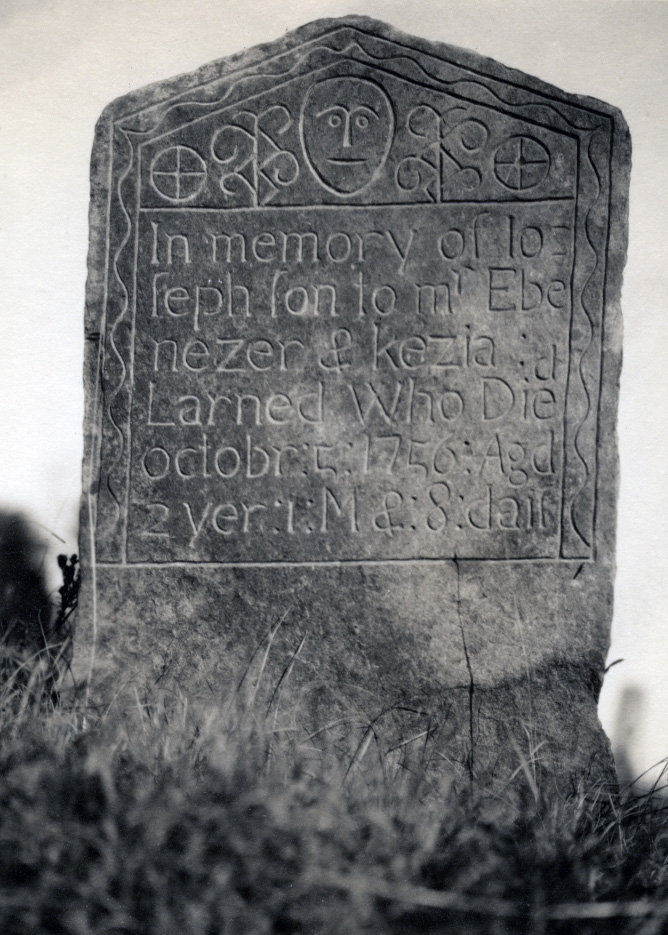F. A. Waugh (Frank Albert) Papers

Born in Wisconsin but raised and educated in Kansas, Frank Waugh got his first teaching job at Oklahoma State University. He went on to teach at the University of Vermont and finally settled down in Amherst, as a professor at Massachusetts Agricultural College. While at Mass Aggie, he became well know for establishing the second landscape gardening department in the country, later the department of landscape architecture. At a time when the field of landscape architecture was still taking root, Waugh’s influence was significant in shaping the profession. His contributions include numerous articles and books, the designs he planned and implemented, and the many students he taught and mentored. A natural offshoot of his work as a landscape architect, Waugh pursued other artistic avenues as well, most notably photography and etching. He served at MAC, later Massachusetts State College, for nearly forty years before retiring in 1939.
The collection includes an extensive representation of Waugh’s published articles along with biographical materials. The centerpiece, however, is the large number of photographs, lantern slides, and etchings. While his publications reveal the mind of a pioneer in his field, together these images portray the heart and soul of Waugh as an artist.



